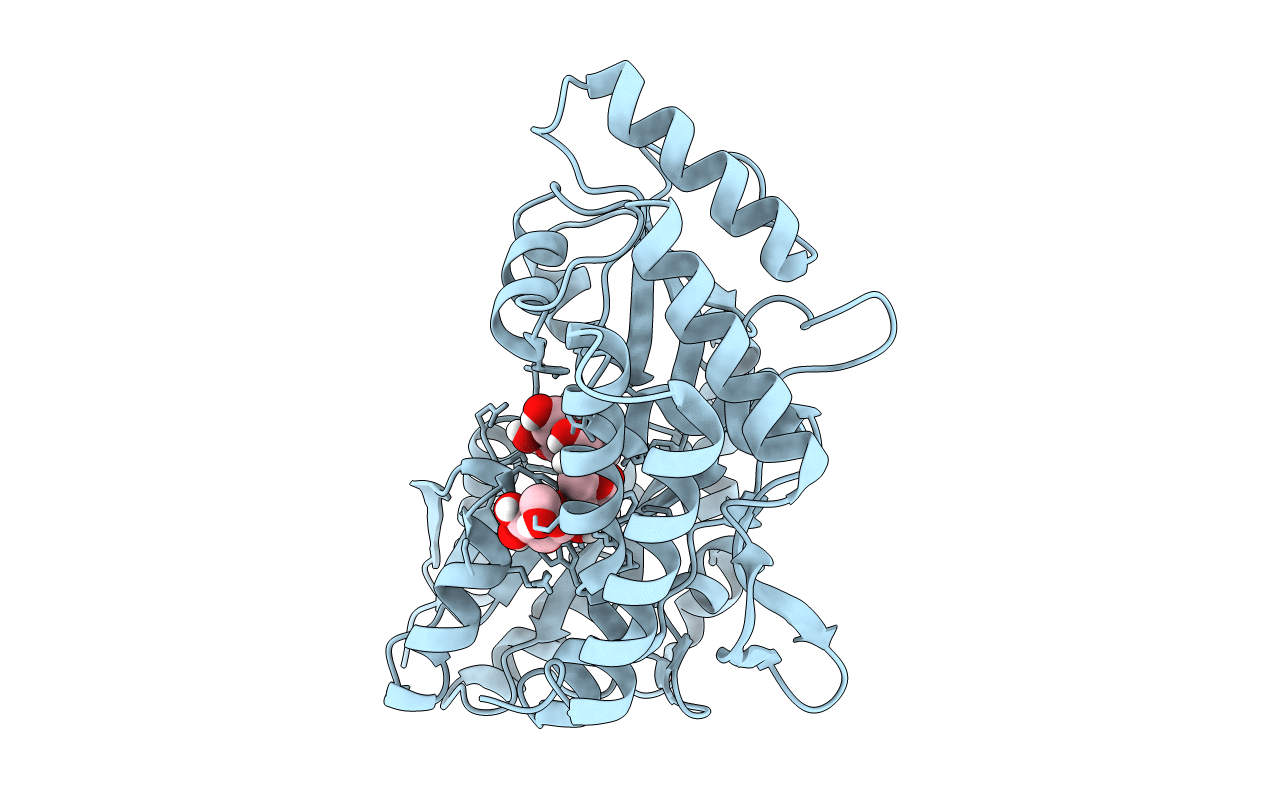
Deposition Date
2022-06-27
Release Date
2022-10-12
Last Version Date
2023-10-25
Entry Detail
PDB ID:
8DHD
Keywords:
Title:
Neutron crystal structure of maltotetraose bound tmMBP
Biological Source:
Source Organism:
Thermotoga maritima MSB8 (Taxon ID: 243274)
Host Organism:
Method Details:
Experimental Method:
R-Value Free:
['0.17
R-Value Work:
['0.14
R-Value Observed:
['0.14
Space Group:
P 1 21 1


